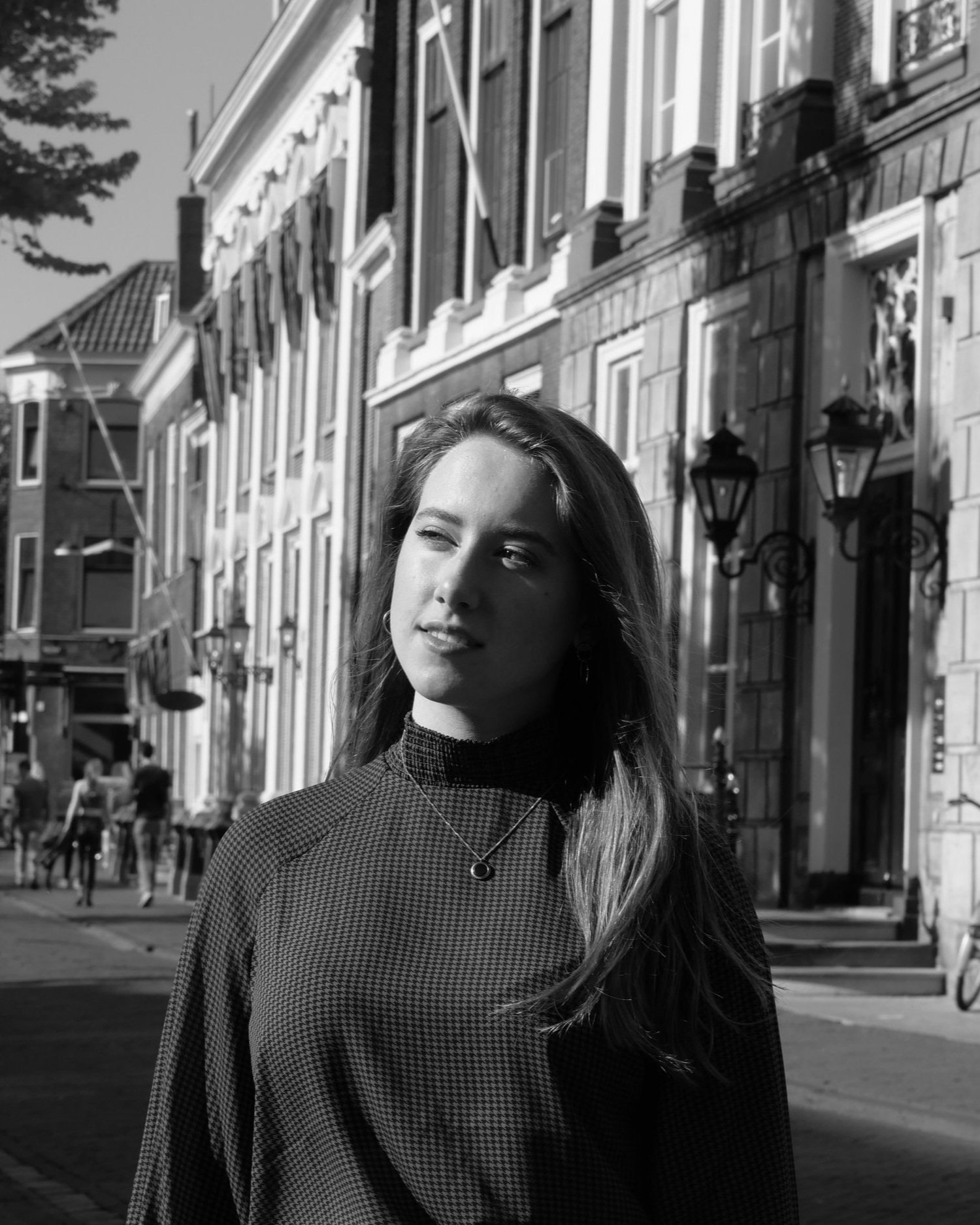VISION
“If I had asked people what they wanted, they would have said faster horses” (Vlaskovits, 2023), is what Henry Ford said after he reshaped the car industry. As Ford indicated disruptive transformation has never resulted from looking at the probable. Although innovation can be found in the extension of reality, I believe true impactful and transformational innovation is often only found in the unfamiliar and potentially, at the moment, absurd. No one, for example, truly believed in AI technology until IBM’s Deep Blue won its first chess game from a chess champion (Deep Blue | IBM, n.d.), triggering various waves of human-AI interaction. Likewise, prior to the economic crisis in 2008, it was almost unimaginable to think of alternatives for the banking system, until one anonymous individual, referred to as Satoshi Nakamoto, fundamentally changed the concepts of information management and our perception of ownership by introducing blockchain technology (Nakamoto, 2008). This illustrates how transformational technologies often originate from unfamiliar, ambitious, and sometimes unconventional visions, stressing the importance of futuring techniques in transitional processes. By drawing alternative futures into the present through the communication of stories or the creation of material artifacts, the speculative can unlock opportunities for alternative value sets and practices to break through disruptive systems. In doing so speculative design can assist in the creation of long-term visions and strategies and inform contemporary design to facilitate incremental change. Hence, moving into the field of transition design, I wish to use design to harness the power of the speculative and strategic to catalyse systemic change.
Additionally, living in a society that is in high need of solutions to wicked problems, I have become increasingly aware our problems can’t be defined by simple product criteria anymore. Instead, our problem spaces have become increasingly complex and interconnected, spreading over a broad time horizon, and engaging numerous human and non-human actors. Consequently, instead of designing for context-specific, short-term solutions, I believe designers should adopt a system-level view of the problem spaces, situating solutions in the context of bigger ecosystems of change and recognizing their impact as a step towards transition. This adds to the point that wicked problems can’t be solved in isolation. To guarantee the effectiveness and support of socio-technical transitions, a collaborative approach is essential to fostering a sense of ownership and commitment to the transition process. Therefore, I aspire to use design to empower stakeholders in the co-creation of strategies, systems, and policies, responding to the needs of both tomorrow and today.
Creative, System, and Future Thinking
PROFESSIONAL IDENTIY
As a designer, I aspire to operate in the early stages of innovation, thoroughly analysing problem spaces, connecting with stakeholders, formulating narratives for transition, and ultimately translating these visions into strategies for change. Here, I believe it’s vital to account for the dynamics of change, which are highly unpredictable, interconnected, and complex. Consequently, in design processes, I centralize future and system thinking, enabling me to switch between short and long-term objectives and thoroughly examine the problem space, including underlying problems and the dynamics between actors.
What helps me establish this systemic view, are my strong analytical skills combined with my broad interest in a variety of disciplines, including politics, law, technology, and business. This allows me to easily make connections between existing solutions, market dynamics, laws, and policies, to identify opportunities for innovation and collaboration. Being a creative and open-minded person, I can take original train of thought to generate innovative concepts and initiatives, that meet the needs of my stakeholders and facilitate meaningful integration of technology in society. Additionally, this same attitude allows me to explore opportunities for alternative futures and value sets in the development of strategic visions.
In a team, I tend to take the role of implementer. I’m not afraid to take initiative in order to guide my team towards desiring results. As an individual I tend to be future-oriented, allowing me to consider future developments and project stages in decision-making processes. This adds to my strong ability to structure and plan design processes, often placing me in organizational roles.
In my design processes, being raised with values of inclusivity and democracy, I prioritize stakeholder involvement, allowing me to give them a voice and tailor my design to the values and needs of my stakeholders. Specifically, my active role in society, transdisciplinary and international experience, and open attitude help me connect and empathize with users and stakeholders easily. As humans we predominantly learn from other people by listening, imitating, and observing them. During design processes this isn’t different. I’m convinced good design correlates with one’s ability to listen to stakeholders and team members and integrate their values, problems, and needs in the design of innovative solutions. After all, it will be people, like you and me, who will become the drivers of change.
Deep Blue | IBM. (n.d.). https://www.ibm.com/history/deep-blue
Nakamoto, S. (2008). Bitcoin: a Peer-to-Peer electronic cash system. https://bitcoin.org/bitcoin.pdf
Vlaskovits, P. (2023, September 25). Henry Ford, Innovation, and that “Faster horse” quote. Harvard Business Review. https://hbr.org/2011/08/henry-ford-never-said-the-fast

